Explore the Best AI Image Gallery
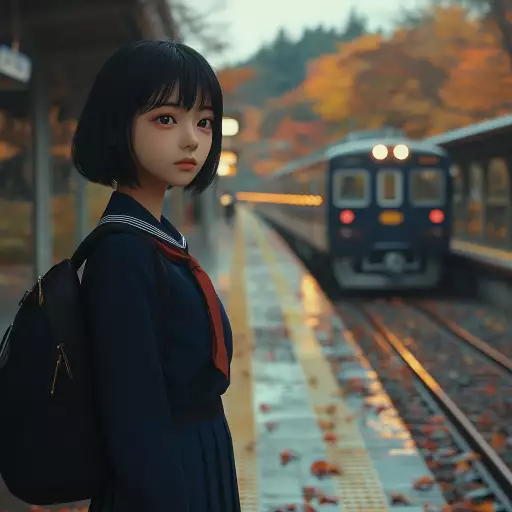
Painting with Pixels: How AI Image Generation is Reshaping the Creative Landscape
The ability to generate realistic and imaginative images with the click of a button has become a reality thanks to advancements in artificial intelligence. AI image creation tools are rapidly transforming the creative landscape, offering both exciting opportunities and complex ethical challenges. From generating artwork to designing marketing materials, these tools are poised to revolutionize how we create and consume visual content.
A Canvas Powered by Algorithms
AI image generators leverage deep learning algorithms trained on massive datasets of images and text descriptions. These models learn the intricate patterns and relationships within images, enabling them to produce new visuals that adhere to specific parameters or prompts. Users can input text descriptions, select from pre-defined styles, or even upload reference images to guide the generation process.
Unleashing Creative Potential
The potential applications of AI image generation are vast and constantly expanding.
- Art and Design: Artists can use AI tools to explore new concepts, generate unique textures and patterns, or even co-create artwork with the algorithm, pushing the boundaries of traditional artistic expression.
- Marketing and Advertising: Businesses can leverage AI to create eye-catching visuals for marketing campaigns, product mockups, or social media content, saving time and resources while tailoring designs to specific target audiences.
- Education and Research: Educators can utilize AI image generation to create engaging visual aids for lessons, while researchers can explore complex data visualizations or generate realistic simulations for experiments.
- Gaming and Entertainment: Game developers can use AI to populate virtual worlds with diverse and realistic characters, objects, and environments, enhancing immersion and player experience.
Navigating Ethical Considerations
While the possibilities are exciting, AI image generation also raises important ethical concerns that require careful consideration:
- Copyright and Ownership: Questions arise regarding the ownership of AI-generated artwork. Who holds the copyright – the user who provides the prompt, the developer of the AI tool, or the AI itself?
- Bias and Representation: AI models are trained on existing datasets, which can perpetuate biases present in society. It is crucial to ensure that AI-generated images do not reinforce harmful stereotypes or misrepresent marginalized communities.
- Misinformation and Deepfakes: The ability to generate highly realistic images raises concerns about the potential for misuse, such as creating convincing deepfakes for spreading misinformation or manipulating public opinion.
The Future of AI-Powered Creativity
The field of AI image generation is rapidly evolving, with continuous advancements in algorithms and hardware capabilities. We can expect to see:
- Increased Realism and Detail: AI models will continue to produce images with greater fidelity and nuance, blurring the lines between human-created and AI-generated art.
- Personalized Creative Experiences: Tools will become more intuitive and user-friendly, empowering individuals with diverse skill levels to explore their creative potential.
- Integration with Other Technologies: AI image generation will likely be integrated with other technologies, such as virtual reality and augmented reality, creating immersive and interactive experiences.
As AI image creation tools become more sophisticated, it is essential to engage in thoughtful discussions about their ethical implications and ensure responsible development and deployment. By navigating these challenges thoughtfully, we can harness the transformative power of AI to unlock new frontiers of creative expression and innovation.

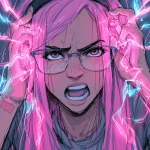



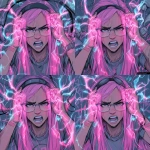
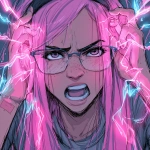



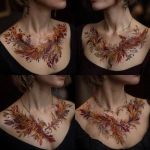
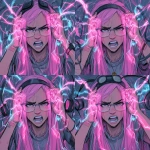
](https://images.ai-img.art/thumbnails/150/b94716d4b88da3e1ec3ab12162616a52ff5698251ac791ddf8478649889a0f47.webp)



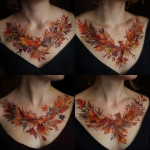
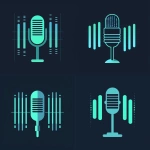



](https://images.ai-img.art/thumbnails/150/985b7bf314caa205e59a2c973e979ce77cf5b24ca39799fffe2e30ea7c79ef07.webp)

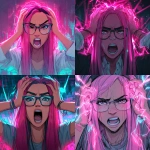
](https://images.ai-img.art/thumbnails/150/4c67c727683a835917441757b71ace563950f9178fa4826e09a55cfb092ac715.webp)

](https://images.ai-img.art/thumbnails/150/4c5bdb0a0a1f761a911521333b9e3463c885aa247b42d1d311a97f2aa2c513d2.webp)

](https://images.ai-img.art/thumbnails/150/fe996254fcb758c1365f3a22783ee6112ed5e34579deb401de674b06938efb2a.webp)

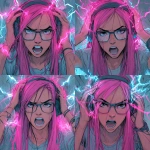





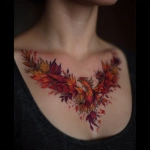

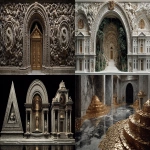
](https://images.ai-img.art/thumbnails/150/469bffae134ea97666025052588e76bb4dd4b6b98c4888cfd7873929a73156ff.webp)
